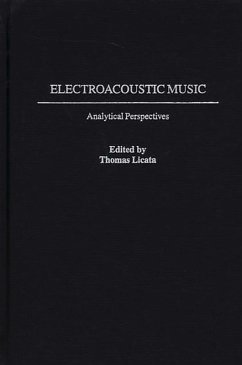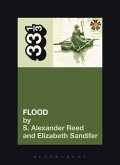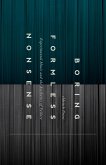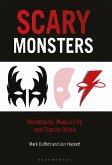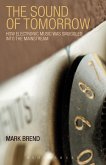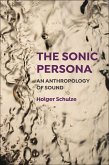Electroacoustic music, a flourishing medium for over half a century, remains today, in a wide array of technological forms, one of the major areas of creative activity in music. However, it has long been overlooked in theoretical studies-possibly in part because it does away with traditional scores and notation. In this landmark collection, a group of distinguished composers and theorists who have actively worked in the field present detailed analyses of important electroacoustic works while also demonstrating some recent approaches to the analysis of the music of this medium. Included here are discussions of such significant works as Karlheinz Stockhausen's Gesang der Jünglinge (1955/56), Iannis Xenakis' Diamorphoses (1957), and Jean-Claude Risset's Contours (1982). Overall, the collection aims to elucidate the sonic design of each of the electroacoustic music works under investigation, using its best examples as a lens through which to examine an unduly neglected genre. Demonstrating recent techniques in the analysis of electroacoustic music, the volume also considers various compositional approaches as well as computer applications that have become an irreplaceable tool in the composing of this music. So little has been written about this 20th-century art form that Electroacoustic Music: Analytical Perspectives is at once a fresh, bold step forward in musicology and analysis.

